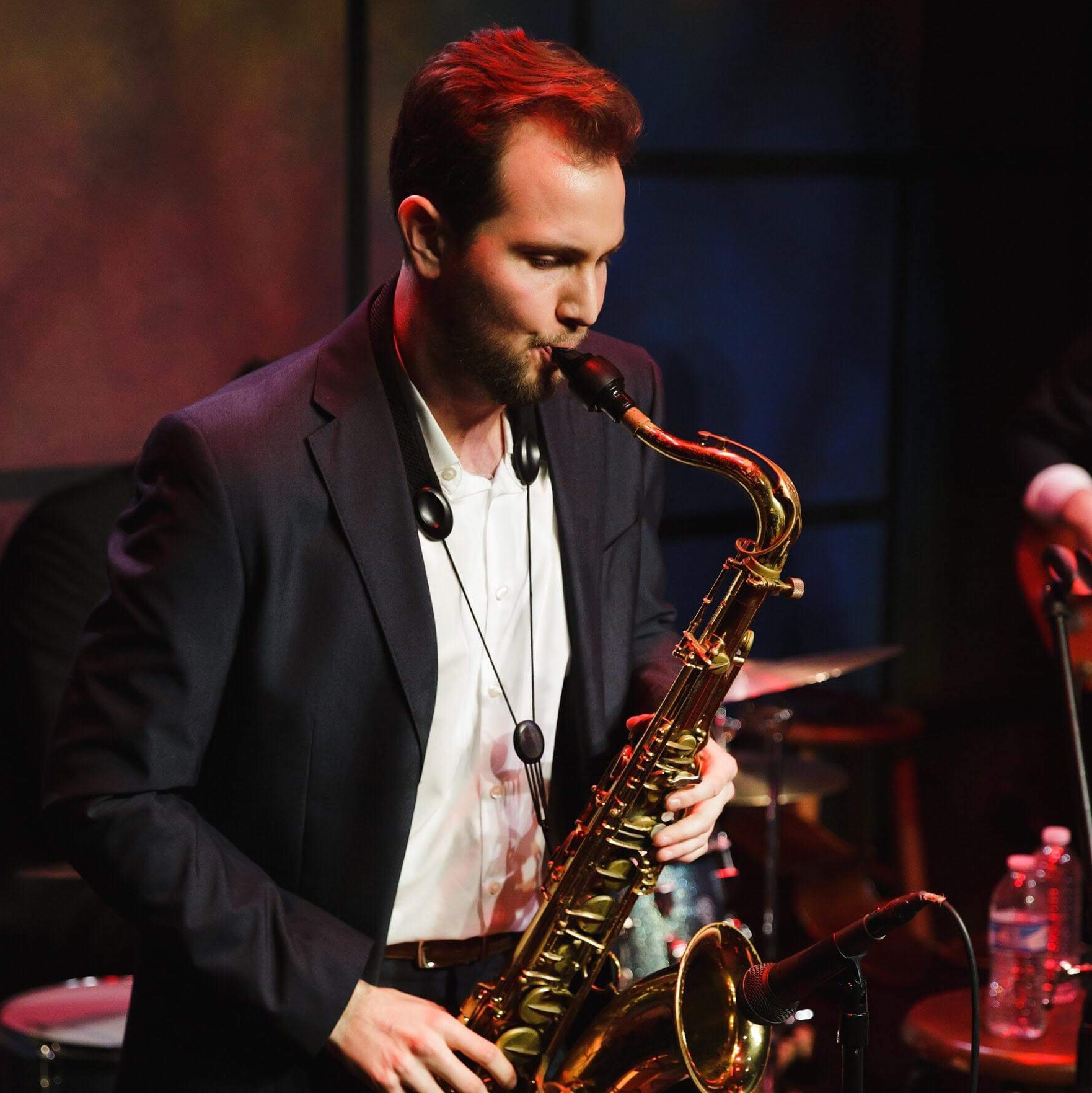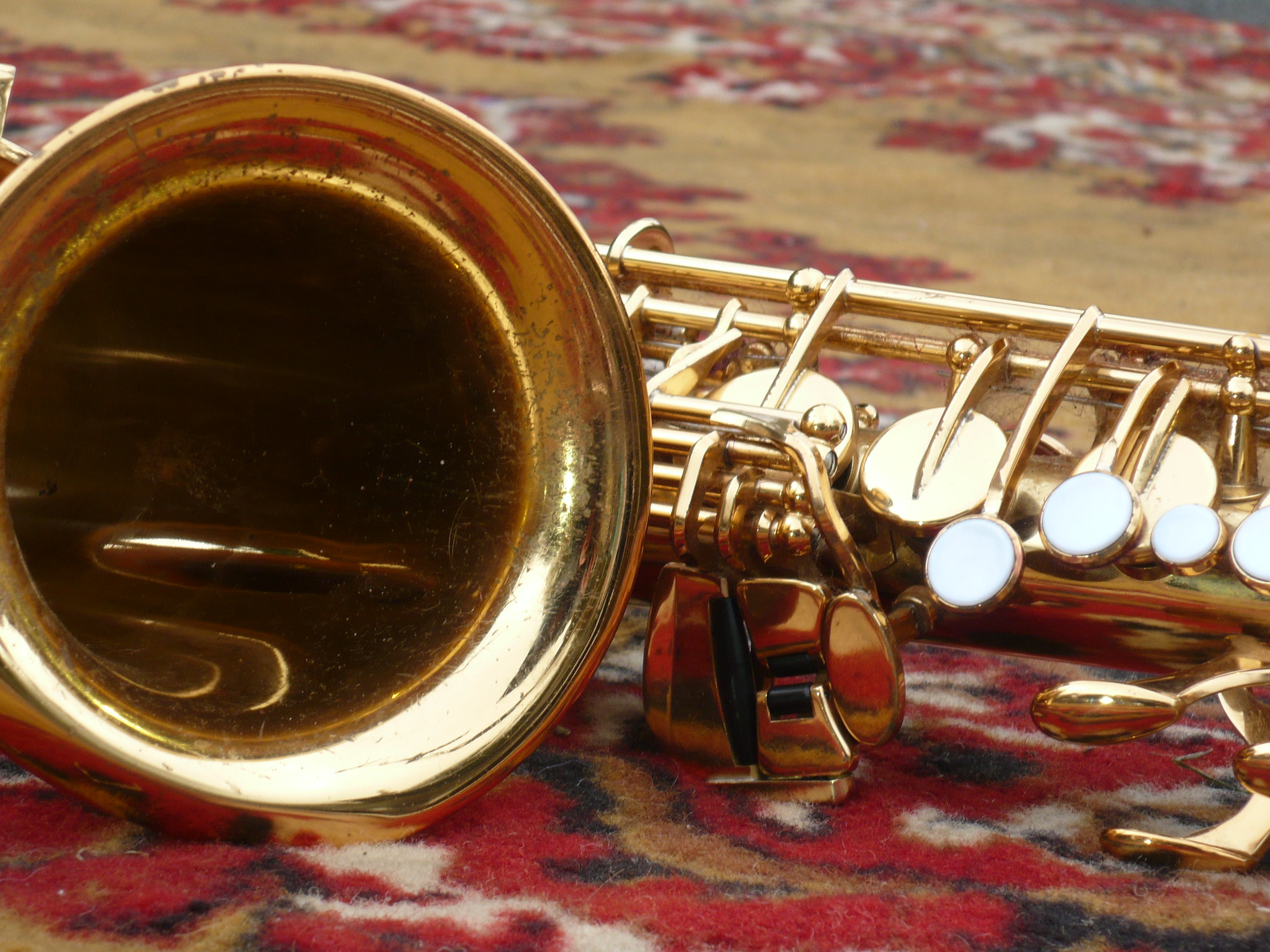So you’ve decided to take the plunge and buy yourself a used saxophone. Good for you! There really is little need to buy a brand new horn nowadays. However, for many sax players this can be a make or break decision.
Buy one that’s in good condition and you’re going to feel extra happy to have saved a good chunk of change that you could spend on more reeds down the line, but choose poorly and you’ll end up with a horn that will take all the money you saved on it just to get it into working condition.
In order to help you not make the wrong decision during your saxophone buying process this article has put together all of the pros and cons of buying either used or new, as well as some pointers for having a good experience and not buying a stolen horn on the used saxophone market
First and foremost however, we’ll be looking at just why buying a used sax can be a great choice as long as you come away from the transaction with a quality instrument.
Buying Used vs. New
Technology has made massive leaps forward in the past century. Just within the past 20 years, we’ve had mobile phones go from relatively rare devices used to call others, to a pocket-sized computer that can also call others (when we’re prompted to make our monthly phone call to a relative).
With all of this crazy tech, surely there must be no real reason to buy an old saxophone right? Well, you might be surprised.
While saxophone tech has certainly advanced, just look at modern Keilwerths with their anti-stick G# mechanisms, or any pro-level sax with their high F# keys, a top-of-the-line saxophone from the '60s will largely be the same as one rolling off the production floor today.
With this in mind, let's look at some of the pros and cons of each option.
Pros and Cons: New vs Old
New: Pros
The most obvious pro of a new saxophone is the very fact that it is new. This means no previous owner to possibly compromise the integrity of the instrument in any way.
Say you find a used saxophone being sold by someone that is touting it as being a mint condition “closet horn”, an instrument that was bought but never really played but instead put into a closet and forgotten about.
Even this “closet horn” could be damaged in some way, from deteriorating pads, to a dent or even crack in the metal from a drop; the simple fact that it had an owner previous to you can potentially be an issue.
Another pro of buying new would be the technical improvements made to the saxophone’s design. These include the addition of an F# key for the high range, the improved ergonomics to the key placement making for more comfortable finger movements, and finally the improved intonation.
Older model saxophones can often have intonation that varies quite widely from octave to octave. Where one note on some modern saxophones might typically be only 3-5 cents sharp, the same note on a vintage horn like a Conn or King might be 8-12 cents sharp.
This obviously a major issue that the newer models have overcome in order to make their owner’s lives easier.
New: Cons
While there are very good reasons to invest in a great new horn like a modern Yamaha or Selmer, there are also some reasons why one might reconsider in favor of trying out the used market.
The biggest of these reasons is the money that can be sunk into a truly top tier saxophone. You could easily be paying in excess of $8,000 for a brand new professional-grade saxophone.
Yup, that’s right, as of the writing of this article the most expensive option for a brand new bass saxophone is $26,000. Fortunately for us saxophonists, most of us aren’t interested in that sax, however coming in at an average of $3,000 and $4,000 are the alto and tenor sax respectively.
That still is a very pretty penny that would be a bit sad to depart with in my opinion.
The next con that I’ll list might be a bit controversial; however, it is a personal opinion based on my experiences and one that I feel quite strongly about.
Their intonation is too good.
That’s right, too good. Try and stay with me for a second if you can though; I’ve played a ton of modern and vintage horns, and all of the biggest name sax brands have modern horns that feel like playing with a straitjacket on.
This, I believe, is because of their pursuit of perfect intonation. In all of their efforts to make the saxophone as easy to play as possible for anyone who picks it up, they have essentially made their saxes so that, no matter who plays it, the saxophone will sound extremely similar in tone.
Think of listening to Sonny Rollins, Michael Brecker, Sigurd Rascher, and Marcel Mule back to back; they all have this tone that at its core, sounds the same, and you’re immensely bored
Why might we be bored? Well as an artist, our whole schtick is to be as true to ourselves and therefore unique as possible, and that is a major part of why certain people are beloved by musicians and non-musicians alike.
An individual’s specific musical identity is closely tied to their sound; so much so that even if two different artists were to play the same exact piece of music, it would be easy to distinguish between the two if the listener was familiar with them. That can’t exactly be done when your tone sounds just like the guy who played a set before you.
Used: Pros

THE PRICE! This of course is the best reason to go used in my opinion. Regardless of what vintage or skill level of sax you want, if you can find it in good condition while still used, you’re going to have a lot of money for new reeds or mouthpiece, or lessons leftover.
Also, not only can you save money, but you can very often get a better instrument when going used if you navigate through your options savily. I’ve already seen multiple professional Yamaha alto saxophones posted about on ebay for half of the price of a new one today, and in my humble opinion the altos on ebay were of a build and tone quality actually superior to the contemporary counterpart!
Aside from the prices and possible gain in quality, another great reason for someone to go used, is that it can open your selection of options significantly.
While you can typically find most every modern horn on sale used somewhere, you can now also look into the various other vintage horns and brands. There were many, many great sax companies and models that simply aren’t around anymore, or have seen a decline in quality due to the mass production element in todays’ day and age.
Used: Cons
Used horns can be great, but one must put in a bit more effort in to make sure that what they end up with is actually going to play for them right when they get it. This takes us to our first con of going with a used one.
If you aren’t careful in your search, you might end up with an instrument that requires a ton of money to fix before you can even play it. This happened to me only a few years ago in fact.
I was looking to finally upgrade to a professional Yamaha flute, and was searching online for solid options that would also not make too significant of a dent in my bank account. After a few months, I finally found an option that looked really good from every standpoint, so I decided to purchase it.
Finally, the day comes for it to arrive and sure enough, there it is on my doorstep. Super excited to try it out, I open up the case to see a shining, beautiful looking sterling silver flute ready to be put through the ringer of some Bach. I brought it to my lips and blew into its’ gleaming headjoint and...nothing happens.
Even after doing my due diligence, I still had received a flute that when gone over by my repairman, needed about $1500 worth of repairs. Note, this was exactly what I had already spent to purchase the flute in it’s supposed “just overhauled” condition.
The point being, when buying a used instrument, you really need to try it first in person before you buy, and even then, if you buy a vintage sax it will probably need at least one or two basic things done to it to get it into perfect playing shape. All effort that could otherwise be skipped by going with a new horn.
Pro Shop Or Ebay?
If you make the decision to buy a used horn, the next, arguably most important, decision must be made; do you pay a bit more and find a horn from a pro sax shop, or try and find the ultimate deal online at places like ebay/letgo etc.
If you decide to go with the pro shop, then just know that you’ll typically have to pay a bit more for one of those horns than an ebay find. However, you will definitely be happy with your purchase as you’ll be able to try out different saxes and compare them, ask for advice from the shop owner, or even bring a friend and ask for their opinion.
If you decide to hunt for the rare online sax unicorn, then there are a few key things to look out for.
Things To Look Out For
Ebay is really the Wild West. You can come across many a snake oil salesmen on your way to the few kind-hearted sellers. But how do you tell who is who?
First things first, look at their reviews. If they have anything less than 4 stars, I wouldn’t even bother. An average of 2 stars and below most likely means that they won’t get you your product in good condition at best, and 3 stars means that while you’ll probably get what you want, dealing with the seller will be hard to work with, hard to contact, and/or spotty with their quality.
Second big tip, learn how to tell if a saxophone looks stolen or not. A stolen horn usually
- Has its serial number removed in some form (typically filed off)
- Is only in one photo. Ask if the seller can provide you with photos of very specific parts of the saxophone.
- Will only be available to be picked up in a public space, i.e. parking lot, park, shopping mart etc.
- Will only be available via cash money. Cash isn’t easily traced and makes the perfect form of payment for thieves.
In Conclusion
Used saxophones are often cheaper and better quality than their modern equivalents, so why not get one? All one really must do is be careful who and where they buy from and do the proper research into what horn will be best for your purposes. Have patience and you’re sure to find your dream saxophone for far lower a price than you would ever expect!




